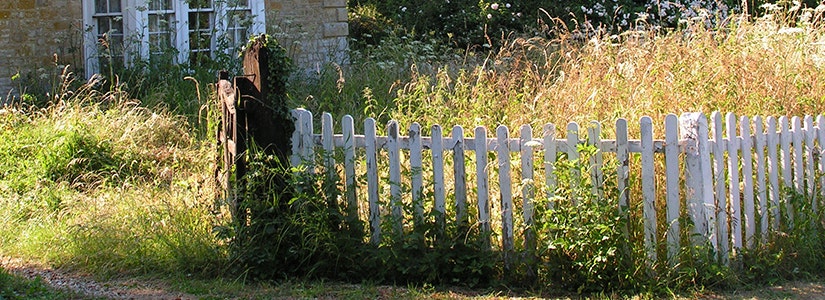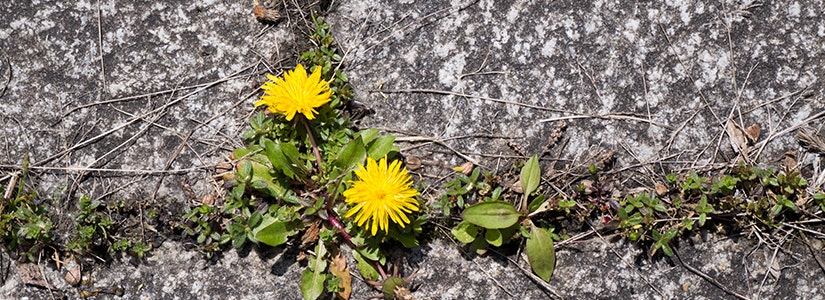

- Home
- Solution Center
- Learn
- Lawn and Landscape
- Killing Large Patches of Brushy Weeds
Killing Large Patches of Brushy Weeds
How To Get Rid Of Brushy Weeds
Dealing with brushy weeds – unwanted woody plants, deep-rooted weeds and aggressive vines – can be one of gardening's most challenging chores. But there are tricks to fighting these problem plants that can make the task easier.
Why Battle Brushy Weeds
In many natural settings, brushy weeds aren't true weeds. In urban landscapes, though, they frequently become problems. Removing these pesky plants isn't for the faint of heart, but it can become necessary when brushy weeds:
- threaten to overrun desirable plants
- harbor ticks or other problem wildlife
- provide tinder for wildfires
- restrict movement through an area
- occupy the spot where you want to add a planting bed
- pose a threat to health
Tips for Beating Brushy Weeds
The most important secret to eradicating brushy weeds is to do your homework. Different plants respond to different techniques. Before you choose a tactic, identify and research the plant you're battling.
Grab an herbicide. Plant-killing chemicals, or herbicides, are one of the best weapons against brushy weeds, because they can kill leaves, stems and roots when applied properly. They're especially helpful when you're faced with a large weedy area. In many cases, you'll achieve best success when you combine herbicides with other weed control methods.
Timing is key when applying herbicides; follow label instructions carefully. Most brush killer herbicides also kill desirable plants, so protect existing vegetation when spraying.
Hand-dig, pull, hoe. This approach requires little more than common garden tools and elbow grease. Hand-digging weeds works best with smaller shrubs, non-woody stemmed vines or bunching perennial grasses. It also can be effective with young starts of larger plants, such as small saplings or vines.
Utilize these techniques when soil is moist to enable easy root excavation. When digging plants, remove as much of the root system as possible to prevent resprouting.
Disking. For larger areas, like pastures, turning vegetation into soil with a disk harrow can effectively eliminate some brushy weeds. You can achieve the same results in smaller spaces using a rototiller. For dense vegetation, use a rotary mower (brush hog) to cut plants before turning soil. Avoid turning soil when dealing with weeds like Thistle, Cocklebur, Bermudagrass (wiregrass) or Johnsongrass. These weeds can spread more aggressively when soil is disturbed.
Mow 'em down. Mowing, or brush hogging, is often used to remove brushy weeds. In colder zones, frequent mowing can eventually control some brushy weeds. In regions where plants grow year-round, mowing alone rarely provides effective control – it mostly hides the problem. Mowing can also backfire with certain plants, like sSumac, Honey Locust or Osage Orange. After cutting, these plants resprout with even more shoots.
Get some goats. On Western grazing lands and fire-prone areas, landowners use goats to devour brushy weeds, including bBlackberry, Thistle and Poison Oak. Goats browse heavily and indiscriminately, so they're most effective in larger areas that lack manicured landscaping.
Corral roots. Sometimes you can confine brushy weeds to a particular area by installing a root barrier, such as thick plastic or landscape fabric infused with an herbicide (Biobarrier, for example). Root barriers don't provide effective long-term control. Roots eventually find their way through or under them.
Smother plants. A layer of black plastic can effectively kill many brushy weeds, depriving them of necessary sunlight. Make sure edges are firmly anchored for best results.














